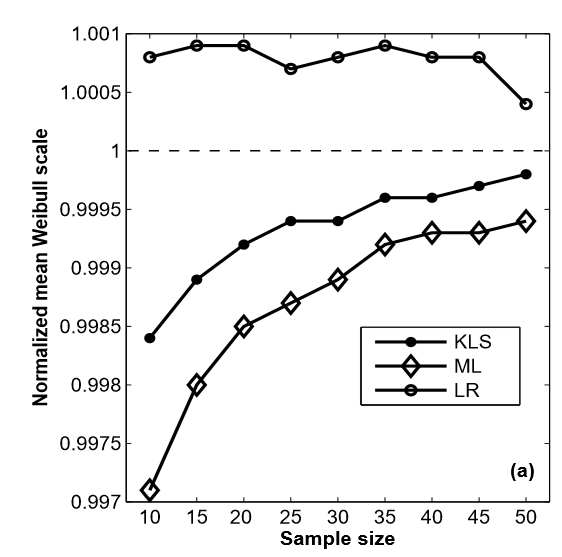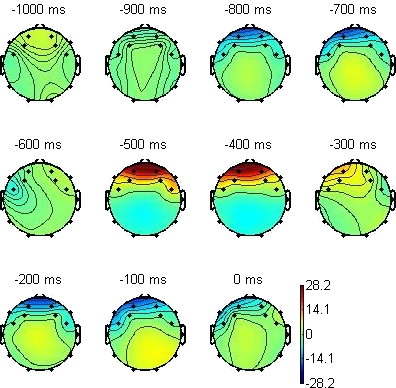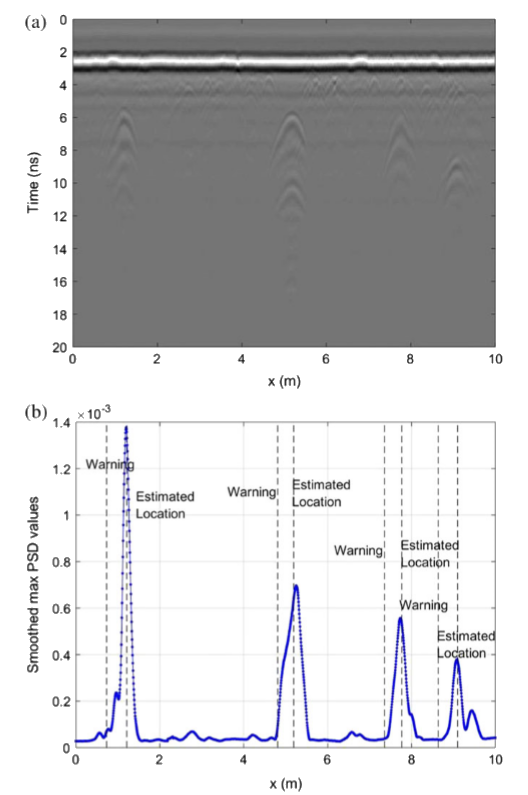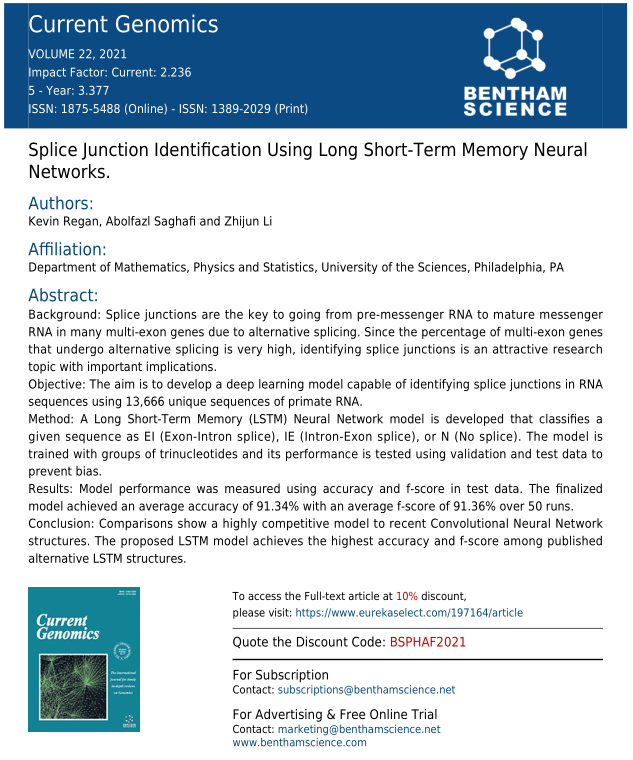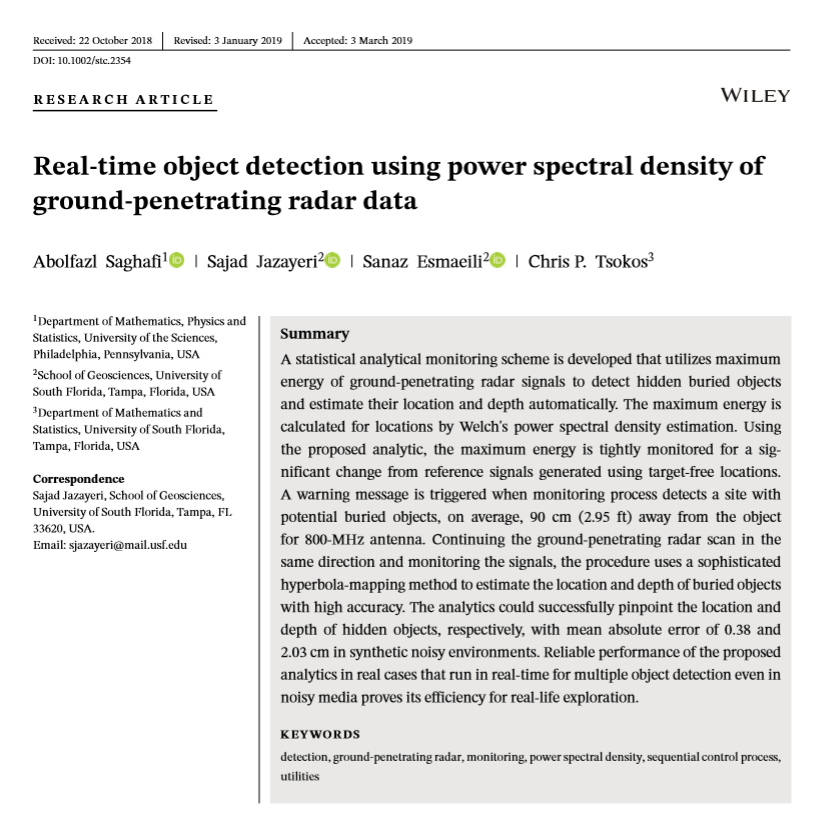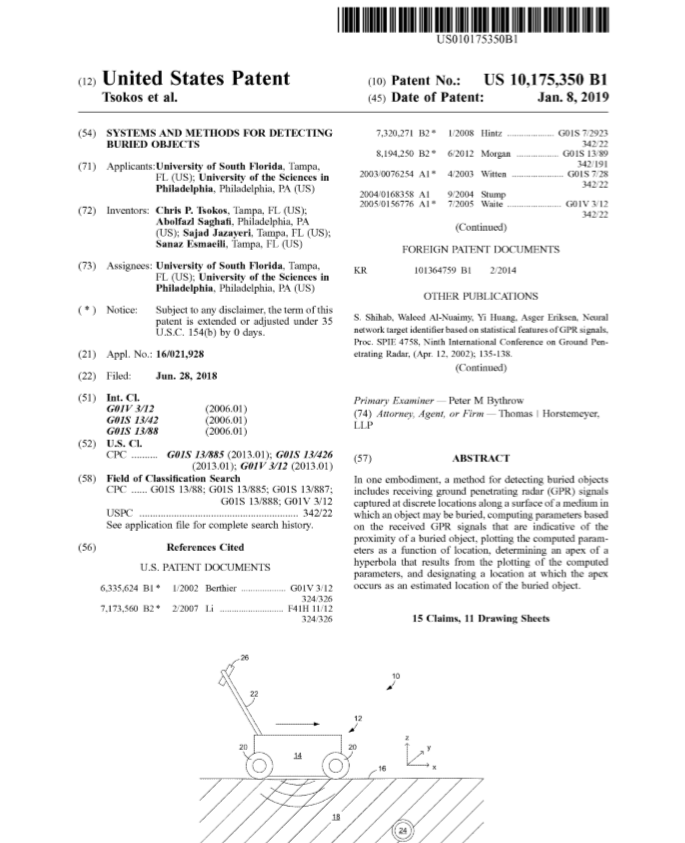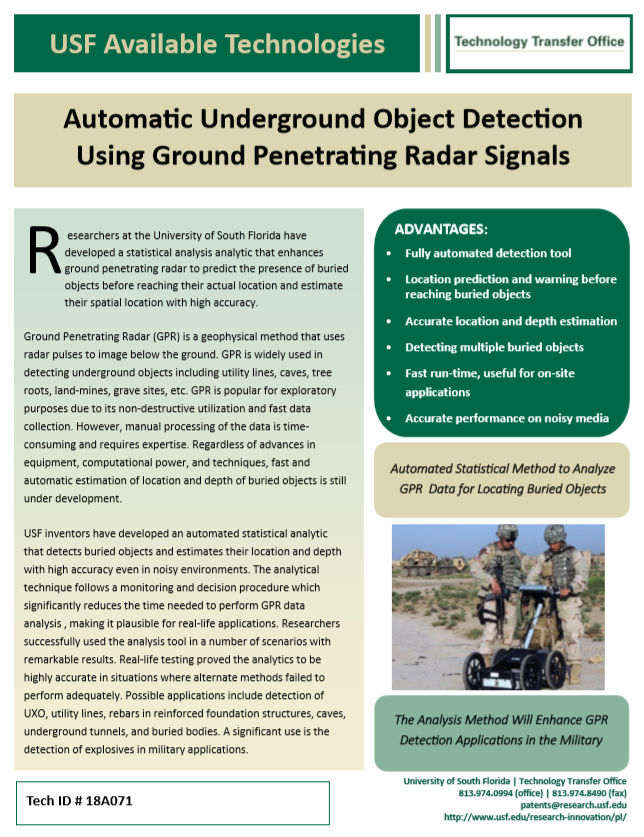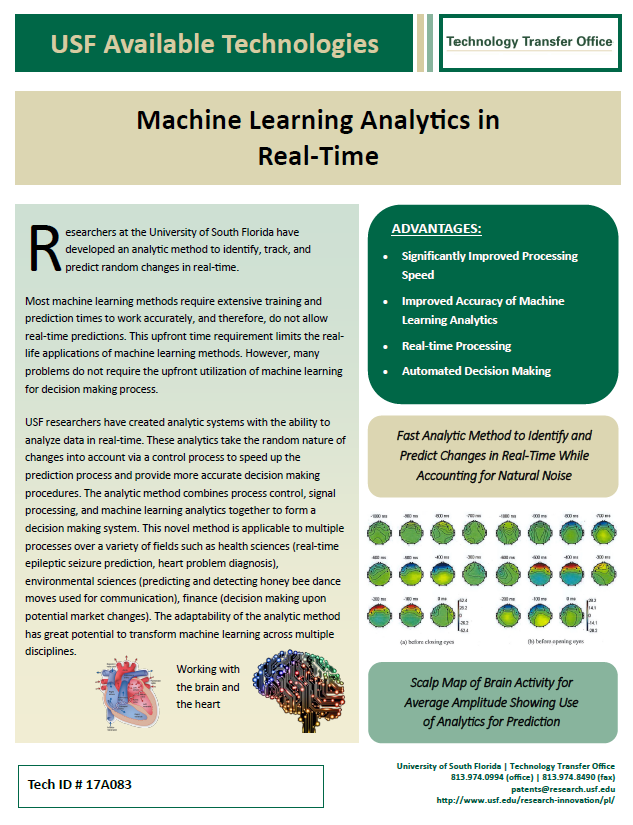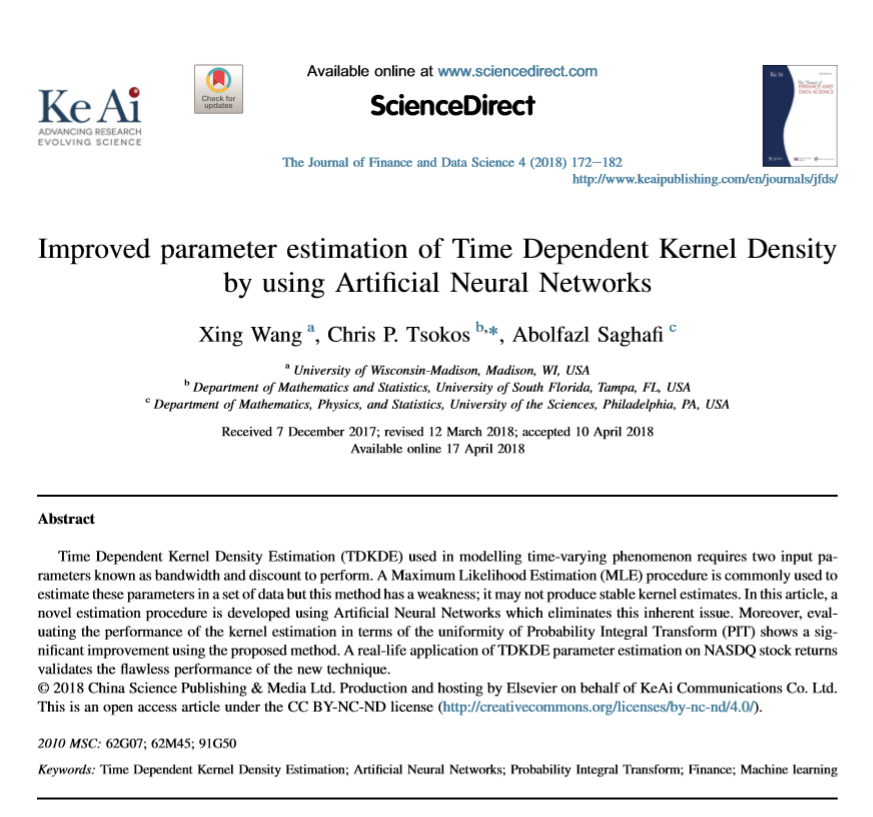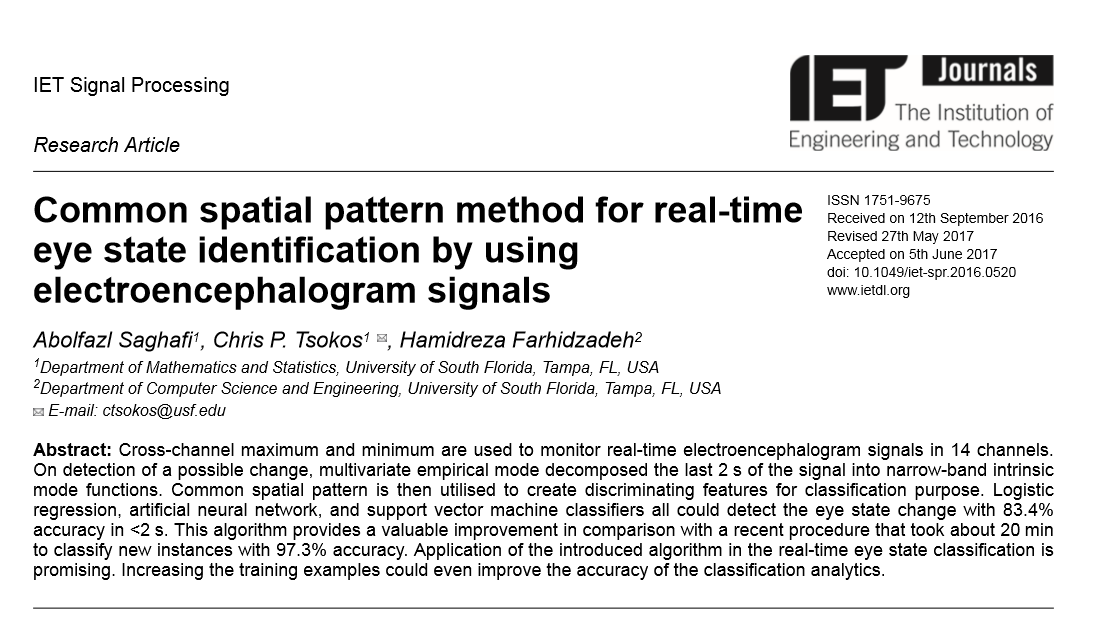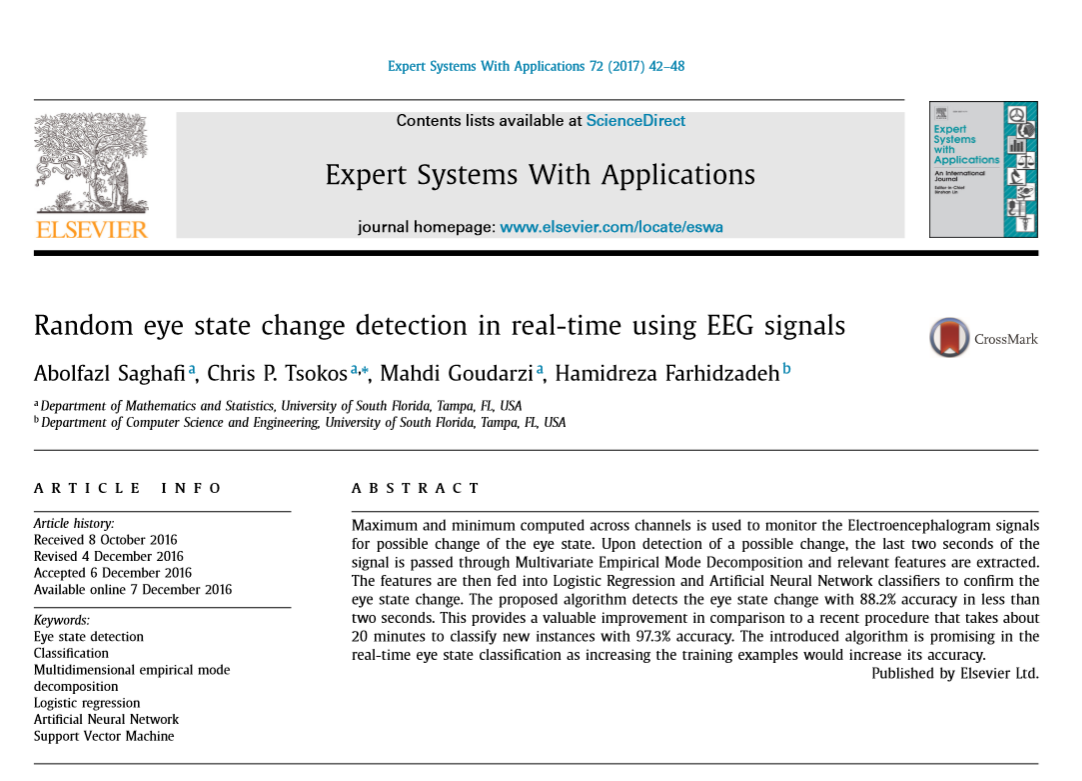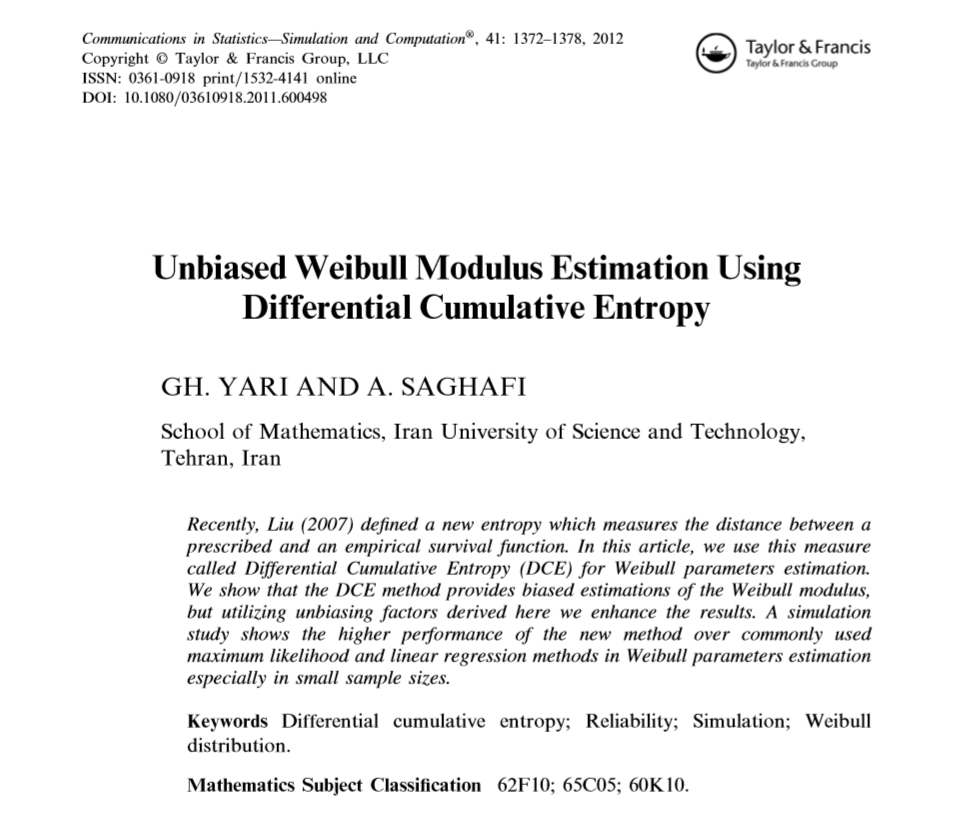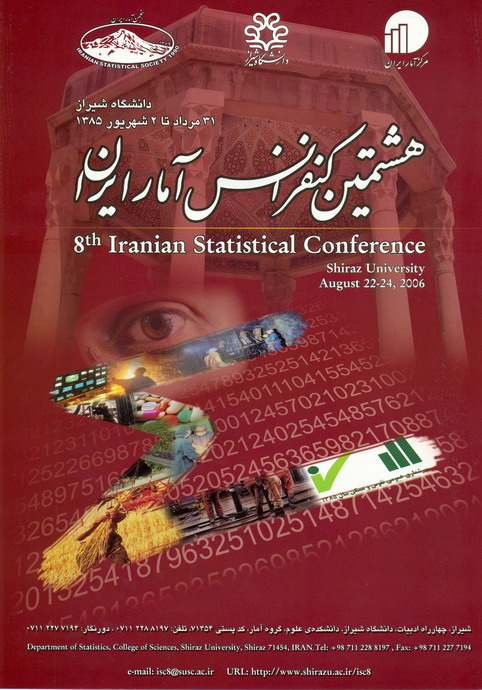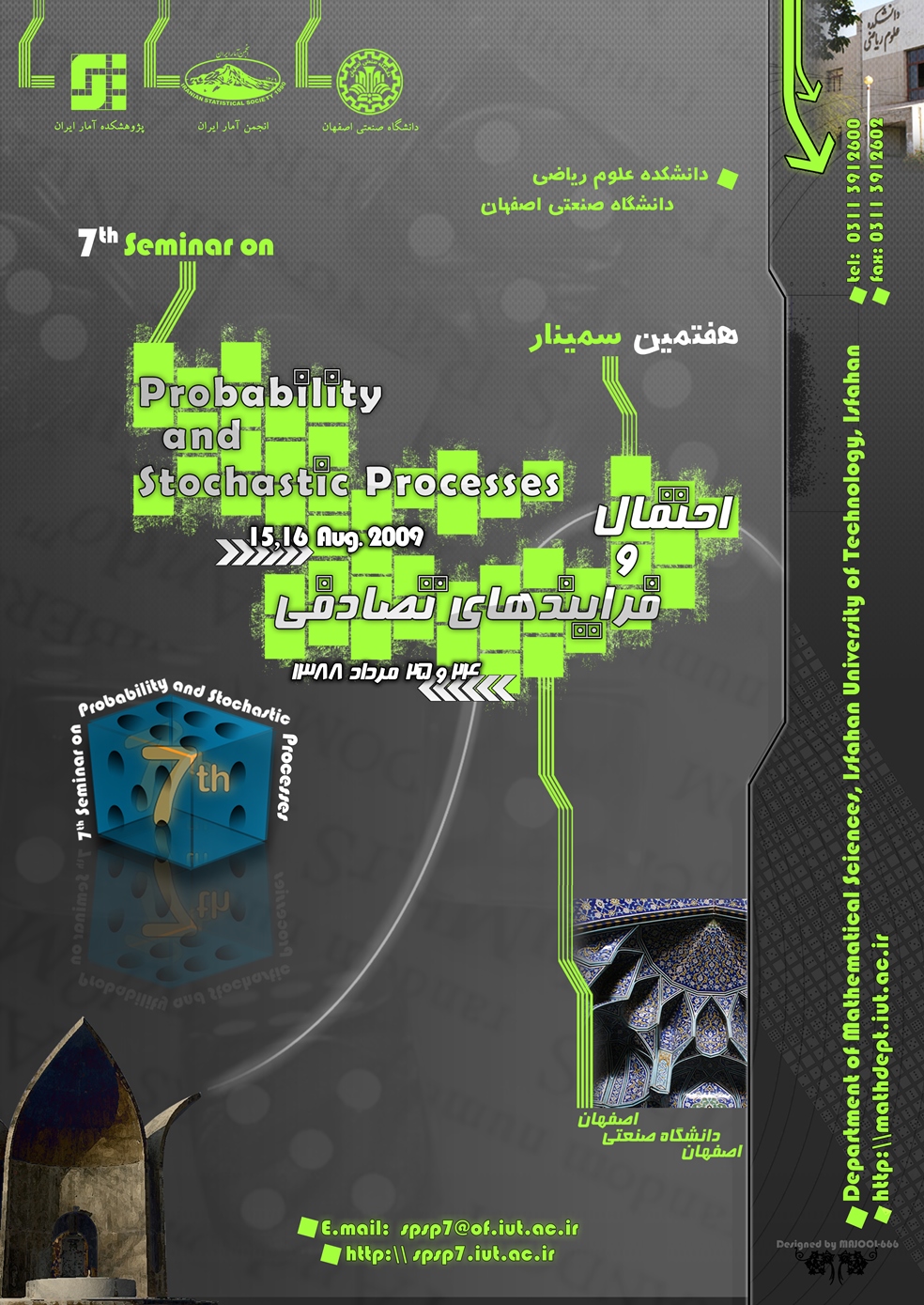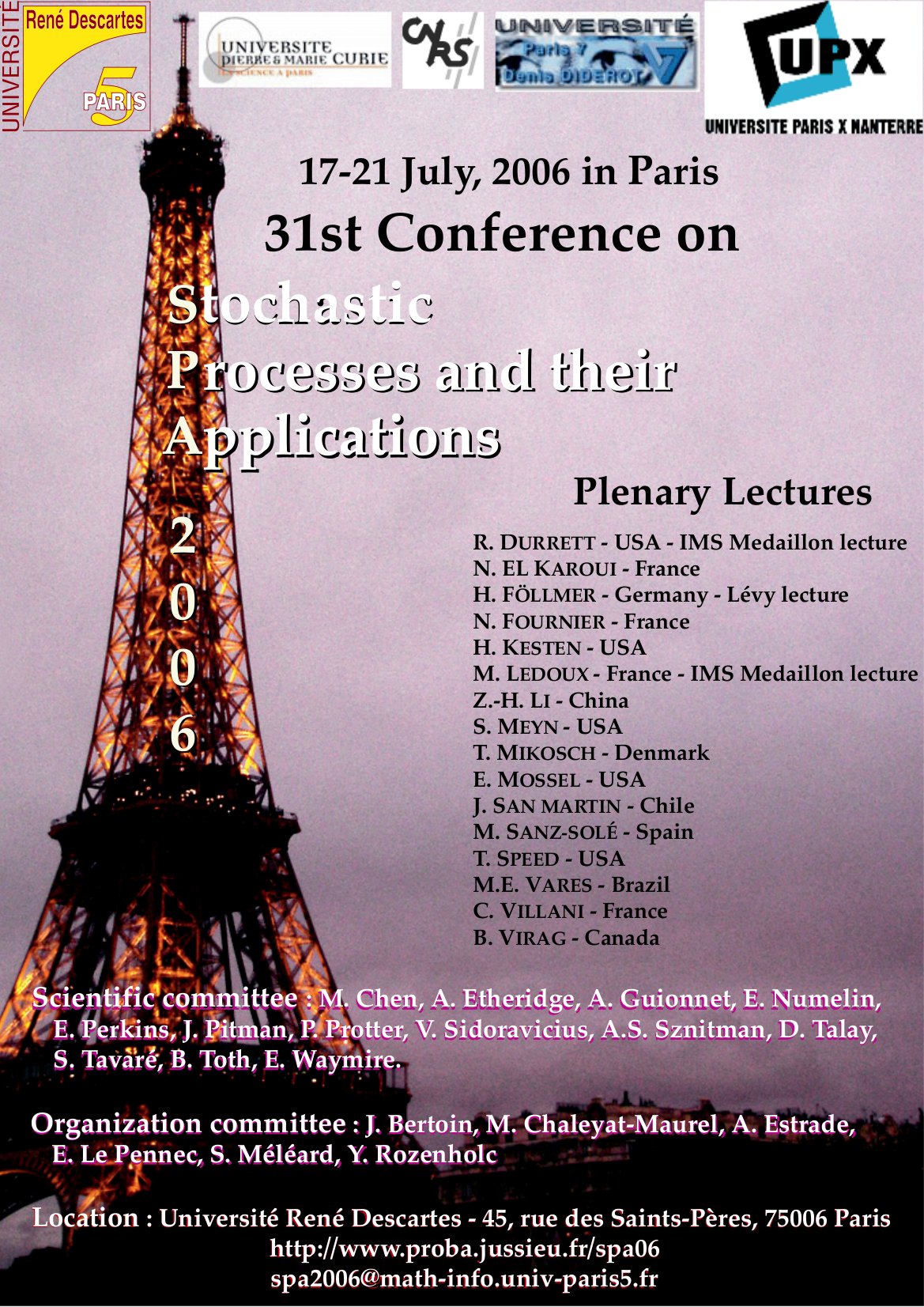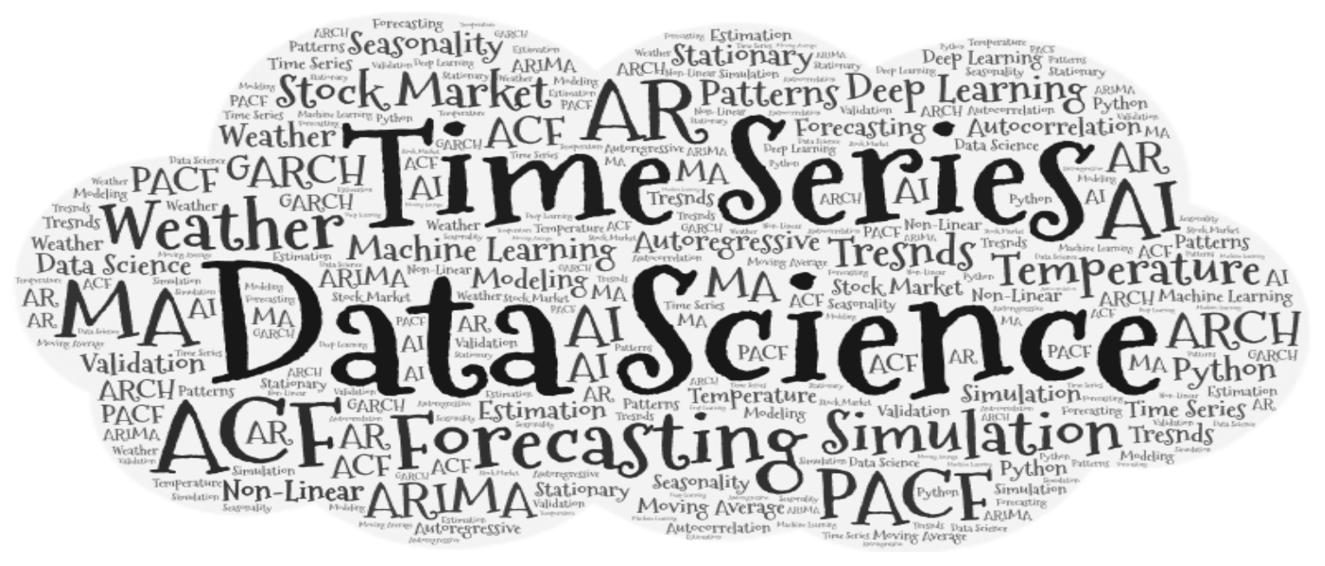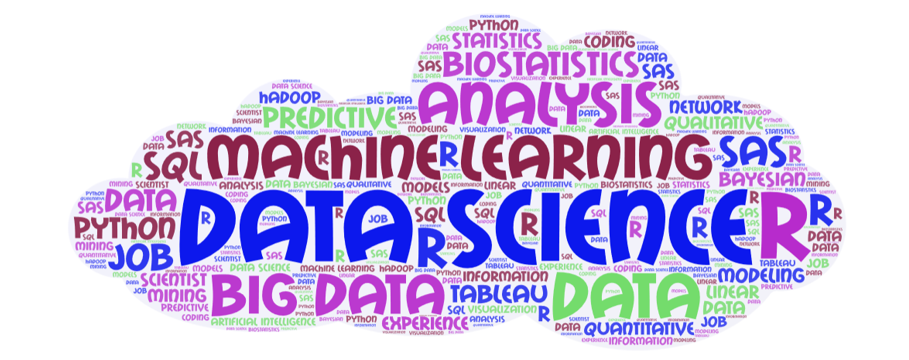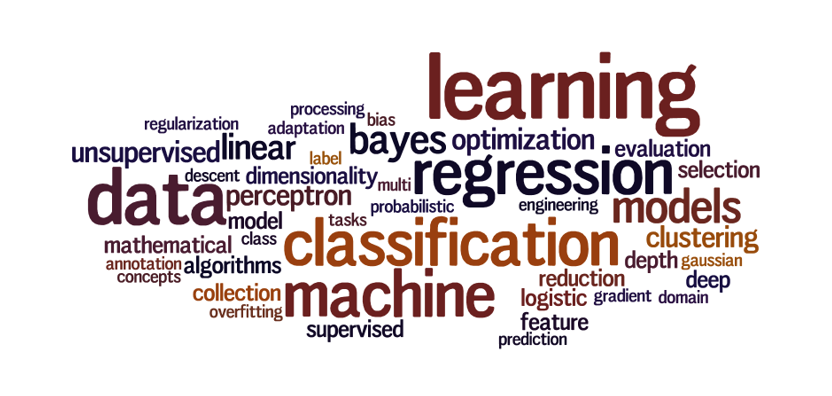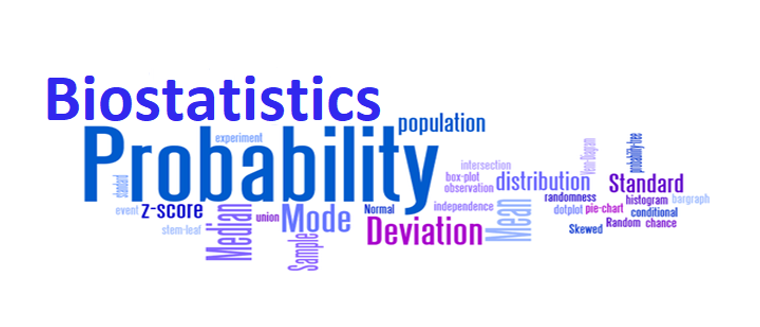ABOUT
BIO
ABOUT ME
I earned my Ph.D. in Applied Mathematics from Iran University of Science and Technology where I specialized on Divergence Measures, Entropy, Weibull and Order k Poisson Models. Further, I earned my 2nd Ph.D. in Statistics from University of South Florida focusing on Machine Learning, Time Series Classification, and BIG Data Analytic. I am currently an Associate Professor at Saint Joseph's University in Philadelphia and Vice-President of International Affairs at International Federation for Nonlinear Analysts (IFNA).

HOBBIES
LOVES
Everything about masterpieces of ancient Greek literature amazes me. Love reading Plato's praise of Socrates, the greatest thinker of all time, through his dialogues.
Greek mythology fascinates me. Can't have enough of Greek comedy and tragedy. Listening to the audio lectures of Elizabeth Vandiver on Iliad and Odyssey takes me to another dimension where Gods were ruling and heroes were making history.

ACTIVITIES
LIKES
I love that spontaneous feeling that fires inside me when I gaze at breathtaking spots, I reach out my camera to freeze the time and capture a memorable vision, but no camera is as good the eyes and no moment is the same as now.
Been to France (Paris), Italy (Rome, Florence, Pisa, Venice), Armenia (Yerevan), Greece (Athens, Patras, Sparta, Epidavros, Corinth, Nafplio, Mistras, Monemvasia, Ariopoli, Pyrgos, Mycenae).

CRAZY
FUN
Coding is fun, it has entertained me ever since I started coding Pascal in high school. I have always been fascinated by robots especially robot fights. Long story short, I purchased this PiCar from Amazon and put it together. It works perfectly! I am now building one from scratch myself utilizing a NanoPC. I have so many ideas in mind, too bad it's sort of expensive to buy parts for these type of lets say research lol
